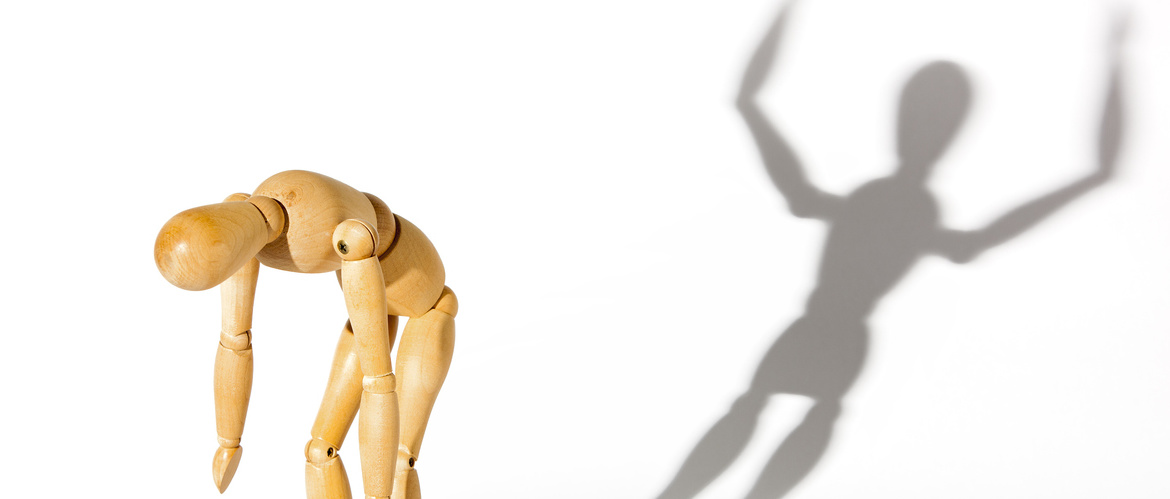
Choose a channel
Check out the different Progress in Mind content channels.

Progress in Mind

Bipolar disorder is common, associated with a loss of 10–20 years of life, and frequently misdiagnosed as major depressive disorder. One-third of patients wait at least 10 years for an accurate diagnosis and an appropriate evidence-based treatment strategy. All patients who present with depressive symptoms should therefore be screened throughout their illness for current and past evidence of hypomania or mania, explained global expert Professor Roger McIntyre, University of Toronto, Canada, at WCP 2021.
Accurate and timely diagnosis is critical to improve outcomes
One-third of patients with bipolar depression wait at least 10 years for accurate diagnosis
Bipolar disorder impairs psychosocial functioning and affects 2–4% of people during their lifetime. It is associated with a loss of approximately 10–20 potential years of life, mainly due to cardiovascular disease and suicide,1 said Professor Roger McIntyre, University of Toronto, Canada.
Accurate and timely diagnosis is therefore critical to enable an appropriate evidence-based treatment strategy, he said.
However, misdiagnosis is common because patients usually present with major depressive disorder (MDD) or with mixed features (see https://progress.im/en/content/how-should-treatment-be-tailored-dsm-5-mi...); and it can be difficult to distinguish bipolar depression from MDD.
Delays in appropriate evidence-based treatment are linked to worse outcomes
Furthermore, MDD converts into bipolar disorder in 3.9% of patients at 1 year, 1% after 2–5 years, and 0.8% after 5–10 years.2
The earlier the age of onset, the more likely a diagnosis of bipolar depression will be missed for many years; and increasing delays in treatment are linked to worse outcomes.3
Approximately one-third of patients wait at least 10 years for accurate diagnosis from the time they first seek treatment.4
All patients who present with depressive symptoms should therefore be screened throughout their illness for current and past evidence of hypomania or mania, said Professor McIntyre.
Bipolar depression vs major depressive disorder
A history of poor response to antidepressants may suggest bipolar depression
No symptom is unique to MDD or bipolar depression, said Professor McIntyre, so it is necessary to take a probabilistic approach to build the case. Features that suggest bipolar depression include:
A tool to differentiate bipolar disorder type I from major depressive disorder
All patients presenting with depressive symptoms should be screened for bipolar disorder
The six-item Rapid Mood Screener (RMS) has been developed by Professor Mcintyre and his colleagues to provide a real-world guidance to primary care practitioners in differentiating bipolar disorder type I from MDD in patients with depressive symptoms9, and comprises six questions to be answered either ‘yes’ or ‘no’.
If at least four of the six items are answered ‘yes’, there is a good probability that the patient has bipolar depression, said Professor McIntyre. Compared with other screening tools, false positives are less likely, and the RMS has good negative predictability.9
This Product Theater session was sponsored by Sumitomo Pharma
Our correspondent’s highlights from the symposium are meant as a fair representation of the scientific content presented. The views and opinions expressed on this page do not necessarily reflect those of Lundbeck.